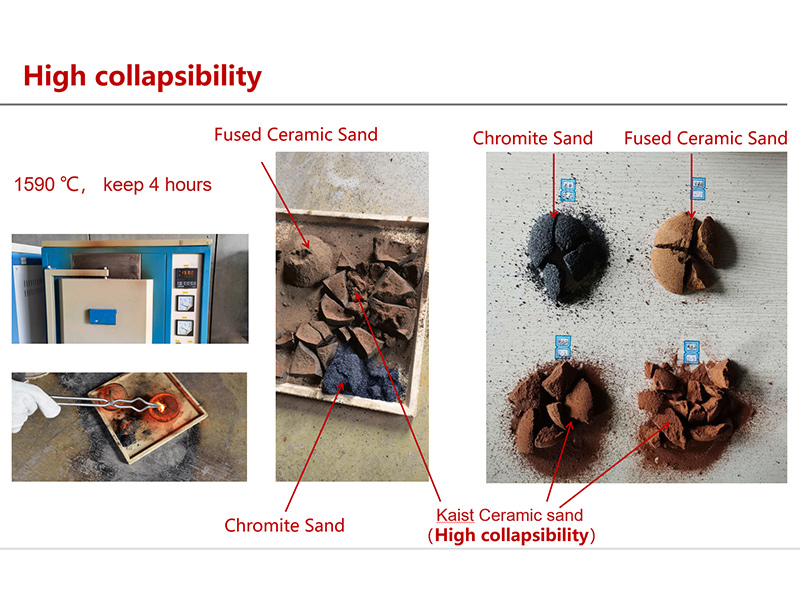Understanding Sand Casting in Metalworking
Sand casting is one of the oldest and most versatile methods of metalworking, dating back thousands of years. This process is widely used for producing metal parts in various industries, emphasizing its significance in manufacturing.
Understanding Sand Casting in Metalworking
Once the mold is prepared, the pattern is removed, leaving a cavity in the shape of the desired object. This cavity is then filled with molten metal, which is poured at a high temperature, allowing it to take the shape of the mold. After the metal cools and solidifies, the mold is broken away to reveal the final cast product. This whole process is remarkably efficient and can produce complex shapes that would be difficult or impossible to achieve through other manufacturing methods.
sand cast metal

One of the primary advantages of sand casting is its flexibility. It can accommodate a wide range of metal types, including aluminum, steel, iron, bronze, and more. This versatility makes it suitable for small and large-scale production, from single parts to thousands of identical pieces. Additionally, the sand casting process can produce parts of varying sizes, from small components weighing just a few grams to large castings weighing several tons.
Moreover, the sand casting process is relatively cost-effective. While the initial setup might require investment in patterns and molds, the actual sand and other materials used are inexpensive. This makes sand casting an attractive option for manufacturers looking to minimize production costs while maintaining quality. Furthermore, the method is conducive to recycling. Used sand can be reused for subsequent molds, and other waste materials can often be repurposed, making it a more sustainable option compared to other casting techniques.
However, sand casting also has its challenges. The quality of the final product can be influenced by various factors, including the quality of the sand, the precision of the molding process, and the cooling rate of the metal. Defects such as porosity and surface roughness can occur if these factors are not meticulously controlled. Therefore, manufacturers must adhere to stringent quality control measures to ensure that the final product meets required specifications.
In conclusion, sand casting is a foundational technique in the field of metalworking that combines ancient traditions with modern manufacturing requirements. Its adaptability, cost-effectiveness, and ability to produce complex shapes make it a prized method in industries ranging from automotive to aerospace. As technology evolves, so too will sand casting, incorporating new techniques and materials to further enhance its capabilities and efficiency.
Post time:កញ្ញា . 16, 2024 06:01
Next:Investment Casting vs Sand Casting
